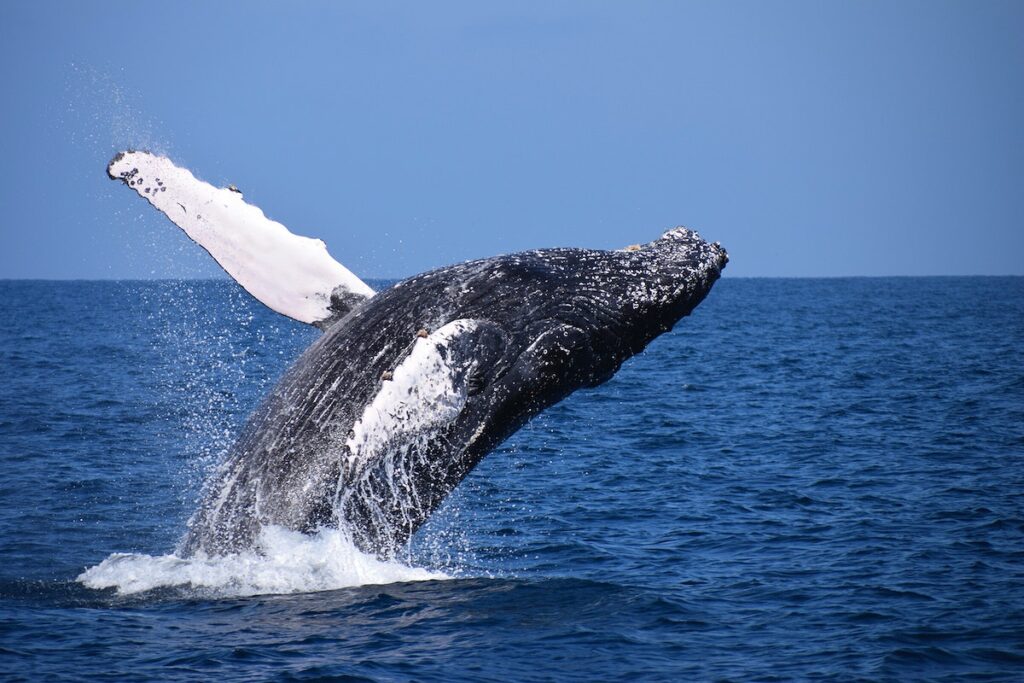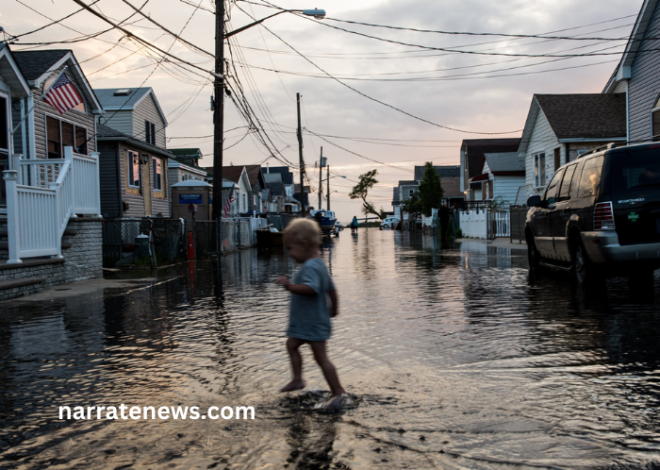
The Big Blue Whale Size: A Closer Look at the World’s Largest Creature
Introduction:
Big Blue Whale Size In the vast expanse of the world’s oceans, one creature stands out as a true titan of the deep—the blue whale (Balaenoptera musculus). Renowned as the largest animal on Earth, the sheer size and majesty of the blue whale leave a lasting impression on those fortunate enough to witness its presence. In this article, we delve into the incredible dimensions of the blue whale, exploring the various aspects that contribute to its colossal size.
The Big Blue Whale Size Physical Dimensions:
To truly grasp the enormity of the blue whale, one must consider its staggering physical dimensions. Adult blue whales typically reach lengths between 80 to 100 feet (24 to 30 meters) and can weigh as much as 200 tons or more. The size of these marine behemoths is particularly noteworthy when compared to other large animals, including the iconic Tyrannosaurus rex, which, despite its imposing reputation, pales in comparison to the sheer mass of a blue whale.

The blue whale’s immense size is attributed to its evolutionary adaptations as a marine mammal. Unlike land mammals, the buoyancy provided by the ocean allows blue whales to grow to such extraordinary proportions without the constraints imposed by gravity. Additionally, their streamlined bodies and efficient swimming capabilities contribute to their ability to navigate and thrive in the expansive oceanic realms.
Feeding and Diet:
To support their colossal size, blue whales possess a voracious appetite, consuming vast quantities of food to sustain their energy needs. Despite their massive size, blue whales are filter feeders, primarily preying on tiny, shrimp-like organisms known as krill. These small crustaceans swarm in massive numbers, forming dense clouds in the ocean’s depths.
Blue whales employ a feeding technique called lunge feeding to capture large quantities of krill efficiently. This process involves the whale accelerating toward a school of krill with its mouth wide open, engulfing enormous volumes of water and krill. The baleen plates in the whale’s mouth act as a filter, trapping the krill while allowing water to be expelled. A single lunge can net a blue whale up to four tons of krill, an impressive feat that underscores the efficiency of their feeding strategy.
Migration and Reproduction:
The blue whale’s colossal size is also closely tied to its life history strategies, including migration and reproduction. Blue whales are known to embark on extensive migratory journeys, covering thousands of miles between their feeding and breeding grounds. The migration patterns of these giants vary depending on the population, with some undertaking journeys from polar regions to warmer waters for breeding and calving.
Breeding and reproduction among blue whales are not only critical for the continuation of their species but also influence their overall population dynamics. Female blue whales, also known as cows, give birth to a single calf after a gestation period of approximately 10 to 12 months. The newborn calf is already substantial in size, measuring around 23 feet (7 meters) in length and weighing several tons. Despite their significant size at birth, blue whale calves are entirely dependent on their mothers for nourishment and protection during their early months of life.
The Challenges of Conservation:
While the blue whale’s colossal size has captivated the imaginations of people around the world, these majestic creatures face numerous challenges that threaten their survival. Historically, blue whales were heavily targeted by commercial whaling operations, driven by the demand for their blubber, oil, and other valuable products. The unchecked hunting of blue whales resulted in a severe decline in their populations, pushing them to the brink of extinction.
Thankfully, concerted conservation efforts in the latter half of the 20th century led to a global ban on commercial whaling. As a result, blue whale populations have shown signs of recovery in some regions. However, they remain vulnerable to various anthropogenic threats, including ship strikes, entanglement in fishing gear, and the impacts of climate change on their prey availability.
The Role of Technology in Conservation:
Advancements in technology have played a crucial role in the ongoing conservation efforts aimed at protecting blue whales and their habitats. Satellite tracking, acoustic monitoring, and underwater drones have provided scientists with valuable insights into the whales’ movements, behavior, and migration patterns. By better understanding the ecological requirements of blue whales, conservationists can implement targeted measures to reduce human impacts and safeguard critical habitats.
Educational initiatives and public awareness campaigns also contribute to the conservation of blue whales. By raising awareness about the importance of these magnificent creatures and the threats they face, conservationists hope to inspire collective action to protect and preserve the oceans and the diverse marine life they harbor.
The Ecological Significance:
Beyond their sheer size and awe-inspiring presence, blue whales play a crucial role in maintaining the health and balance of marine ecosystems. As apex predators, they help regulate the populations of krill and other prey species, preventing unchecked population growth that could have cascading effects throughout the food web. The ecological significance of blue whales underscores the interconnectedness of marine life and highlights the importance of preserving their habitats for the benefit of the entire ocean ecosystem.
Conclusion:
In conclusion, the blue whale’s colossal size is a testament to the wonders of the natural world. From their incredible physical dimensions to their vital role in marine ecosystems, blue whales are a symbol of the beauty and complexity of ocean life. While the challenges they face are significant, ongoing conservation efforts, fueled by a deeper understanding of their biology and behavior, offer hope for the continued survival and thriving of these magnificent giants. As we marvel at the enormity of the blue whale, let us also recognize our collective responsibility to protect and preserve the oceans, ensuring a sustainable future for these extraordinary creatures and the diverse marine life that shares their watery realm.


